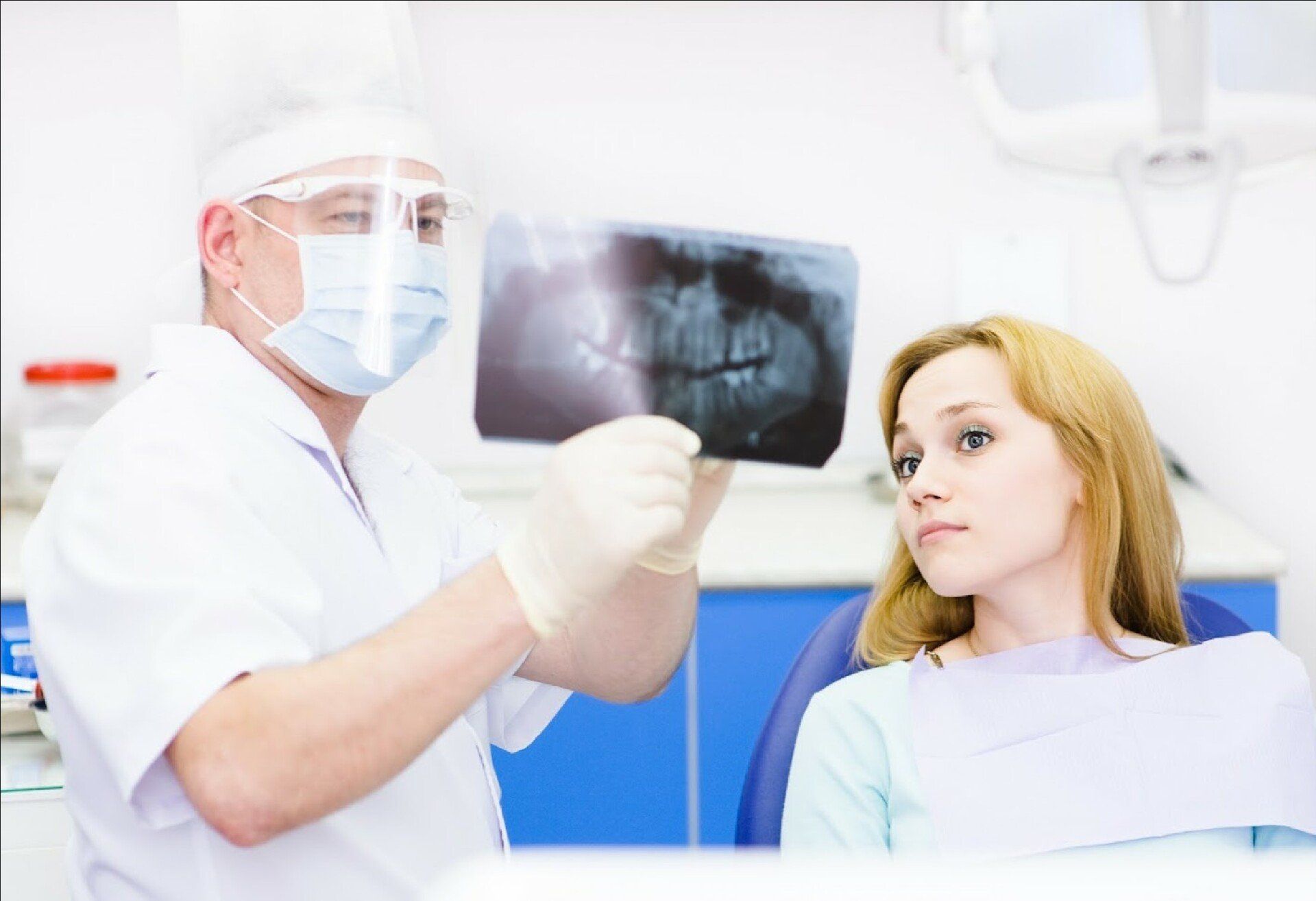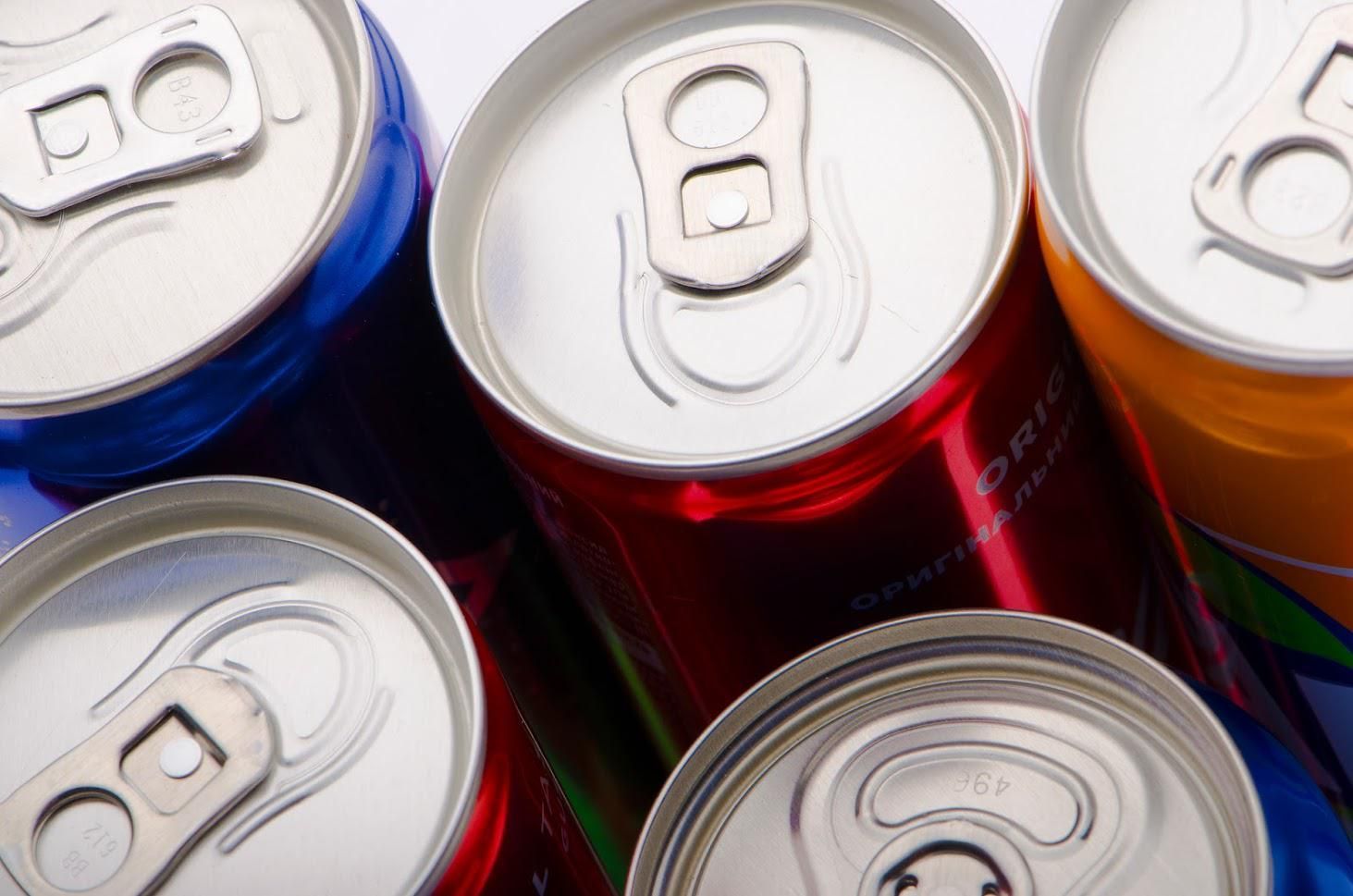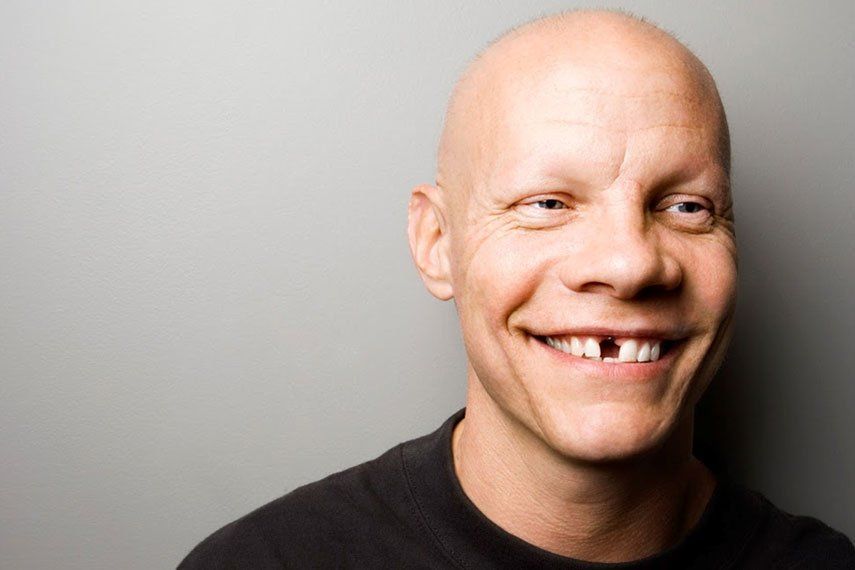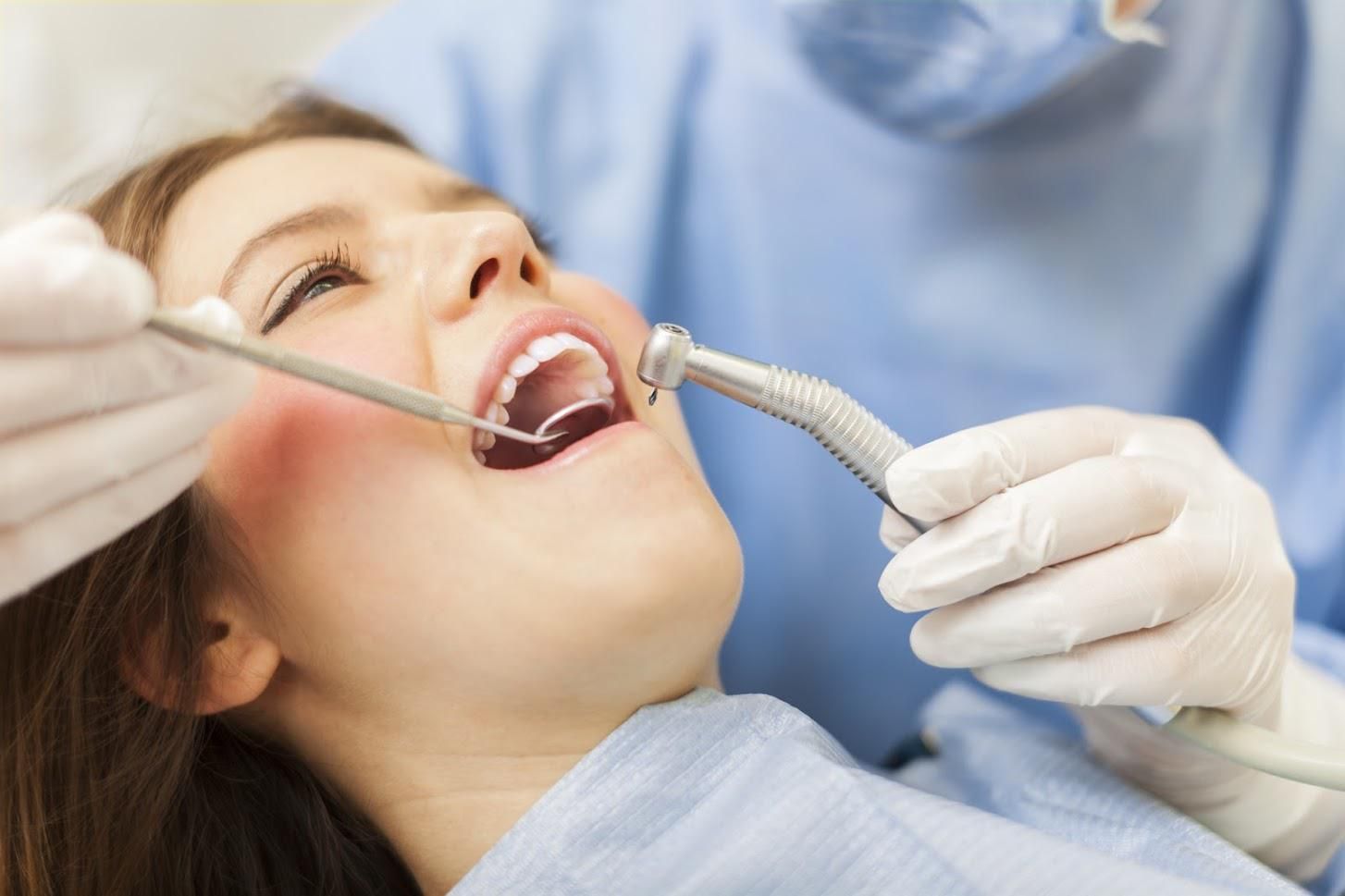Love Digital Impression Technology | Jeffrey L. Erwin DDS
3 Brilliant Reasons To Love Digital Impression Technology
A dental visit for a crown, bridge, or veneer necessitates an accurate dental impression of the area. This impression is an imprint of your teeth and mouth that guides the shaping of dental material to be used in place of missing, damaged, or decayed teeth. To make an impression, a dentist places a liquid-filled tray onto your mouth where the imprint is needed, where it must sit until the material sets and hardens. Dentists and patients dislike this traditional method, especially when better technology exists for creating a dental impression. Look at these three brilliant reasons to love digital impression technology.
1. More Comfortable
Depending on what dental work you need, your dentist may need impressions of your lower or upper teeth, as well as your mouth roof, mouth floor, and tongue. The size of the liquid-filled tray will vary, as well as the length of time necessary for the liquid to harden. Making a dental impression is often not very comfortable. Your comfort level probably decreases the longer the tray remains in your mouth or when you must bite down on a very large tray style. This discomfort increases if you suffer from gag reflex and are unable to endure this part of the process.
Often patients dislike the taste or feel of the liquid. Digital impression technology uses no liquid-filled trays in order to create your dental impression. Instead, your dentist uses a simple wand to capture the contours of your teeth and mouth tissue. You can still breathe and swallow normally. Digital impression technology is far less invasive and infinitely more comfortable, which also helps alleviates any dental fears you may have.
2. More Accurate
The traditional analog impression process consists of several steps before you finally receive the final crown, bridge, or veneer. The hardened impression goes to a lab and is filled with stone to produce a cast. Along the way, the potential for distortion increases, which can lead to a slightly inaccurate or unusable product. Tiny inaccuracies due to tears, bubbles, contamination like saliva or blood, and human error are all factors that can alter the quality of fit. A digital image is very accurate and leaves little room for error, a benefit that transfers to better fitting dental products. Digital impression technology does not scan during slight head and mouth movements and continues its imaging only when you are motionless. Dentists can examine and manipulate your digital image in real-time for further adjustments if necessary.
3. Faster
The speed from digital impression technology is two-fold. First, scans are complete in only a couple of minutes. Your dentist can obtain an accurate model of your teeth more quickly than the time needed to prepare trays and wait for them to harden. Second, you end up spending less time in the dentist chair. Some impressions can be used to make same-day restorations rather than wait for a lab between multiple dental visits. Turnaround time is faster too. In cases where your dentist uses a lab, digital images are easier to work with than stone casts, and labs can create your dental product quicker. Finally, the exceptional accuracy of digital impressions ensures a better final fit, eliminating extra visits to make tiny repairs or adjustments to a crown or bridge. Instead, your product is an exact fit for the unique contours of your teeth and mouth tissue. Digital impression technology is possible with equipment like the Cadet iTero machine. You can find iTero at the caring dental office of Jeffrey L. Erwin DDS. Give us a call and make an appointment when you want perfectly-fitting veneers or crowns for your smile.













